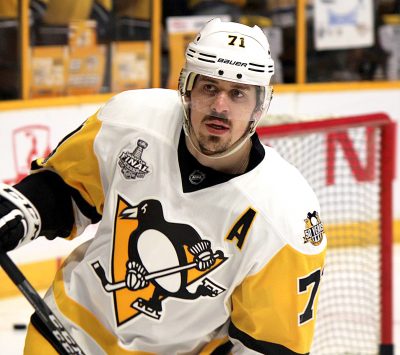
It looks like the NHL is taking the proper steps to keep its players safe.
On Monday, Feb. 11, forward Evgeni Malkin of the Pittsburgh Penguins landed a high stick on Philadelphia Flyers forward Michael Raffl. After a quick jab at the back of Malkin’s head by Raffl, Malkin turned around and clearly swung his stick at Raffl.
The contact that resulted from the swinging stick was nothing major, just grazing Raffl’s head and shoulder area, but Malkin still received a one-game suspension because of his actions.
He did not play in Wednesday night’s matchup against the Edmonton Oilers. This is his first suspension in his NHL career.
NHL Player Safety stated that the suspension was due to Malkin’s intentionally swinging his stick at Raffl in response to the hit made at the back of Malkin’s head.
Although there were no serious injuries resulting from this altercation, it was smart for the NHL to suspend Malkin, especially given all of the emphasis that has been placed on protecting players across all professional sports leagues.
In the locker room, Malkin attempted to explain his actions, saying there was nothing dangerous because Raffl wasn’t hurt, but this isn’t the first time Malkin has swung at another player this season.
In November, Malkin struck Washington Capitals forward T.J. Oshie in the head with his shoulder, leaving Oshie lying face down on the ice. Malkin was ejected from the game. He did not receive a suspension for the hit because the NHL stated that he was “bracing for contact” and ultimately hadn’t made any overt attempt to hit Oshie in the head.
These two hits, while appearing similar on paper, are much different than one another. Malkin’s swinging his stick to retaliate against Raffl shows he consciously made the decision to turn around and attempt to hit him in some way.
Recent discoveries in CTE have caused sports organizations to hone in on decreasing head injuries.
Before the 2018-19 season, the NFL announced a rule that would penalize players for using their head to hit other players. This was created as an attempt to lower the number of head and neck injuries players face each season.
While the research pool regarding CTE and the NHL is smaller than that of the NFL, CTE continues to be discovered in the brains of former NHL players.
CTE is no longer something the NHL or any individual within the league can deny. The research is there to show how these high-impact sports are affecting the brains of their players. It’s up to each league to do what it can to keep the amount of head injury to a minimum.
That’s where the Malkin suspension comes in.
The discovery of a prominence of CTE in players is relatively recent, or at least its step to the forefront of many professional sports news stories is. In the early 2000s, Nigerian doctor Bennet Omalu discovered CTE in Mike Webster, a former NFL player. Since then, the amount of research regarding the disease has grown exponentially.
The NHL has an opportunity with every case of a hit to the head or potential hit to the head to make a statement about how they treat these situations. The swing at Raffl had the potential to be an incredibly dangerous hit to the head. Especially given Malkin’s previous hit on Oshie earlier in the season, letting that overt attempt at a hit slide would signal a lack of care for player safety.
The hit may not have resulted in any injury, but such unnecessary contact to the head is exactly what the league should be avoiding.
Injury is inevitable, whether it’s intentional or not, but the league stepping up and working to protect its players can lead to other leagues following suit. If the industry standard becomes an active attempt to enforce the protection of athletes, then that may ultimately lead to cross-league standardization of this protection.
This type of action should be expected from the league, and one can only hope that the NHL continues to enforce hits or potential hits to the head as they have so far.





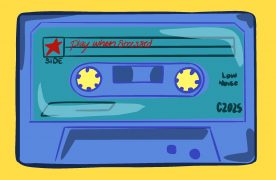
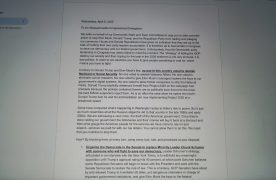

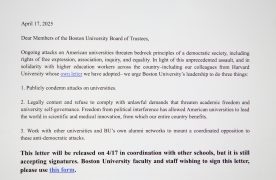


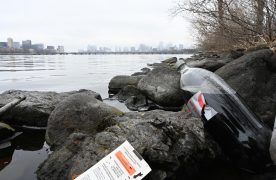
WTF is this utter malarkey? Malkin was punched in the head and you concentrate on him with the CTE angle?
Also, learn your facts. Oshie ran into him. This article is very wrong in every aspect.